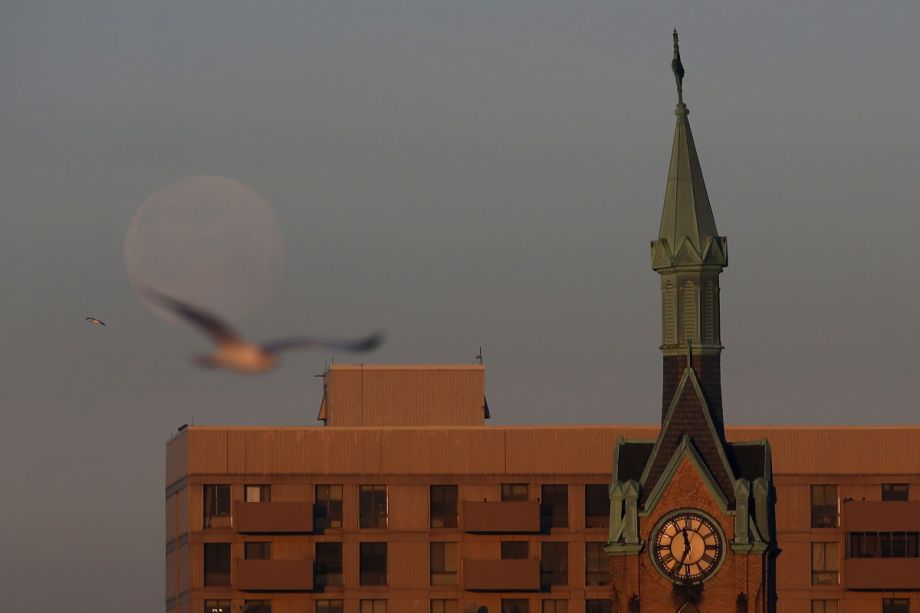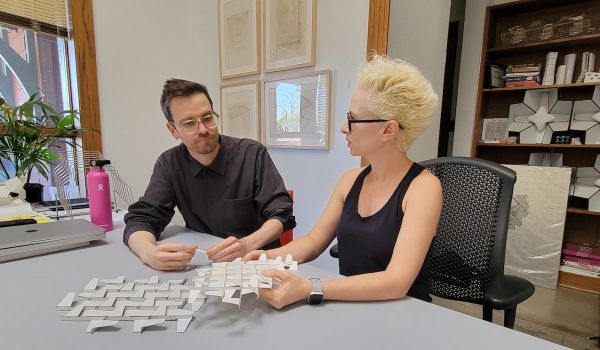Urban living can be a mixed bag for birds. On the one hand, they have to adjust their songs to be heard over traffic and other sources of noise, and are in danger of colliding with skyscraper windows. But cities also provide reliable food sources and lots of nooks and crannies for nesting. New research suggests there’s another benefit: The flying city-dwellers don’t have to raise someone else’s chicks.
There are about 100 bird species called “brood parasites” that save themselves the effort it takes to be a parent — building a nest, incubating eggs, feeding and protecting chicks — by laying their eggs in other species’ nests. The “foster parents” do all the hard work while they fly off to feed, breed and make more eggs to dump someplace else. To avoid having to put time and energy into raising offspring that aren’t their own, some species have evolved defensive measures like a keen eye for spotting foreign eggs, or teaching their chicks secret “passwords.” Ecologist Anders Pape Møller thinks that some have adopted another defense against parasites: They seek refuge in our cities.
In Europe, where Møller has spent his research career, there are plenty of urban birds — from reed warblers and common whitethroats, to robins and wrens — that would typically make great hosts for brood parasites like the common cuckoo. But for some reason, the cuckoos give these potential hosts a wide berth. In a study published earlier this year, Møller built a database of more than 35,000 cases of cuckoo parasitism across Europe pulled from science museums, research papers and other sources. In it, he found a clear pattern in parasitism rates: They decreased along with distance from urban areas and buildings.
He found out why when he hit the city streets. In the towns of Orsay, France, and Brønderslev, Denmark, Møller and his team marked out areas that were roughly two-thirds urban and one-third forest and farmland; they then walked around taking censuses of the birds they saw. They found that around 77 percent of all the birds they saw in Orsay were located within 100 meters (about 328 feet) of the nearest house. In Brønderslev, even more birds, 87 percent, were found 100 meters or closer to a building. On average, the thousands of potential host birds they saw in the two towns hung out around 219 feet from a house, but cuckoos steered clear of the buildings and maintained an average distance of 669 feet. Cuckoos, it seems, are simply more wary of people than the species they use as hosts.
Møller confirmed that by trying to get up close and personal with the birds. When he approached cuckoos, they took off flying when Møller got within 98 feet of them. The rest of the birds were more tolerant, and allowed the scientist to get within just 24 feet of them before flying away. Møller tried the same trick with two predatory species that often hunt small urban birds — the European sparrowhawk and the kestrel — and got similar results. Both predators fled when he was around 107 to 170 feet away.
Meanwhile, Møller’s colleague Wei Liang conducted a field study of cuckoos and their reed warbler hosts at a nature reserve outside of Qiqihar, China, and got the same results. The majority of Qiqihar’s reed warblers stuck close to human homes, and suffered lower rates of parasitism the closer they were.
By nesting closer to buildings the human activity that bustles around them, potential cuckoo hosts have found a refuge from the parasites. Møller thinks that these birds are either selectively choosing to hang around humans specifically for that reason, or they’re nesting close to us for some other reason and lower parasitism is a fringe benefit, but it’s hard to tell which factor is at work without more experiments.
However the birds come to find it, the shielding effect that human-built environments provide also appears to offer protection from certain predators. As the scientists found in this study and in previous research, birds of prey are less tolerant of people getting close to them than many prey species are, making crowded cities and towns raptor-free safe zones for birds that will put up with us.
While it’s easy to think of cities as separate from nature, we actually share our streets, our yards and even our houses with a menagerie of wildlife. In this case, we’re not just giving birds a place to live, but a refuge of sorts. They get protection from avian con artists and some peace of mind in knowing that when there’s people around, the chicks they raise are most likely their own.
Matt Soniak writes about science, history and Bruce Springsteen for a variety of outlets. His work has appeared in print and online for Mental Floss, The Week, Slate, Men’s Health, Scientific American, The Atlantic, ScienceNow and others. He lives in Philadelphia.
















